In the landscape of Chinese animation, few series have captured the imagination and critical acclaim quite like “Ling Cage: Incarnation” (灵笼). After a six-year wait since its groundbreaking first season, the second season concluded in August 2025, leaving audiences stunned by its intricate plot twists, philosophical depth, and stunning visual achievements. This comprehensive analysis delves into the complex narrative tapestry woven throughout Season 2, exploring the profound themes of truth versus deception, the moral complexities of survival, and the intricate relationships between characters who are both pawns and players in a cosmic game.
The second season of “Ling Cage” has not only maintained but exceeded the high standards set by its predecessor, with Bilibili ratings reaching an impressive 9.8 and over 3.1 billion views across its 12-episode run. The series has transcended cultural boundaries, offering universal themes that resonate with global audiences while maintaining its distinct Chinese philosophical underpinnings. This analysis will unpack the season’s most shocking revelations, character transformations, and the profound questions it raises about humanity, sacrifice, and the nature of existence itself.
Table of contents
- The Unveiling: Mark’s Discovery of His True Identity
- The Mana Prime Entity: Truth or Manipulation?
- Bai Yuekui’s Grand Design: The “Attack Stench Plan”
- The Philosophical Underpinnings: Eastern Thought in a Sci-Fi Context
- Visual and Technical Achievements: Pushing the Boundaries of Animation
- Character Development and Relationships
- Thematic Depth: Beyond Entertainment
- Critical Reception and Cultural Impact
- Looking Forward: The Future of the Franchise
- Conclusion: A Landmark Achievement in Animation
- Frequently Asked Questions About Ling Cage: Incarnation Season 2
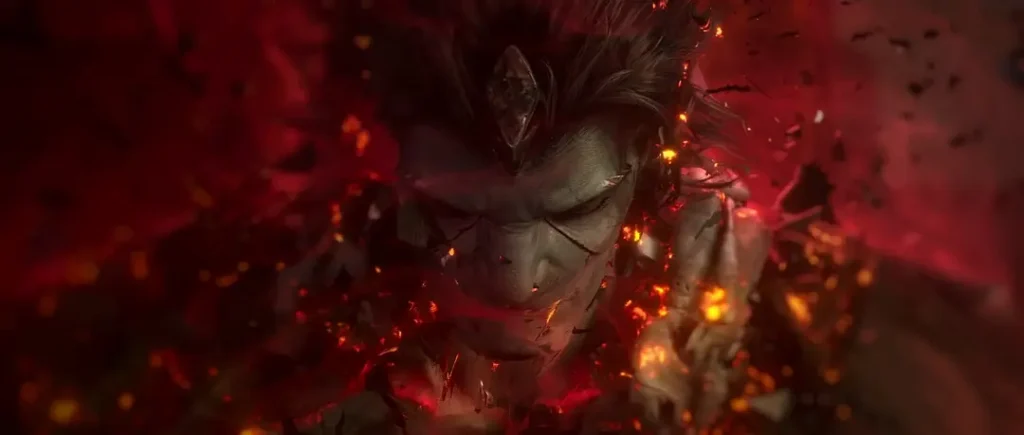
The Unveiling: Mark’s Discovery of His True Identity
The Laboratory Revelation
The season’s most pivotal moment comes when protagonist Mark (马克) discovers the horrifying truth about his existence. In a scene that has left viewers reeling, Mark infiltrates a laboratory in Dragon Bone Village (龙骨村), only to find countless clones of himself in various states of development and decay. This revelation shatters his understanding of his identity and purpose, exposing him as merely one of many experimental creations rather than a unique individual with autonomous agency.
The laboratory scene is masterfully crafted, with visual storytelling that conveys the emotional weight of Mark’s discovery. As he moves through the facility, encountering versions of himself that are incomplete, mutated, or preserved in stasis, the audience experiences his growing horror and sense of violation. The cold, clinical environment of the laboratory contrasts sharply with the organic horror of the cloning experiments, creating a visual metaphor for the dehumanizing nature of the scientific manipulation Mark has endured.
Bai Yuekui’s Calculated Deception
Perhaps the most devastating aspect of Mark’s discovery is the realization that Bai Yuekui (白月魁), the enigmatic leader he had come to trust, was fully aware of his true nature and had been manipulating him all along. Video evidence reveals that Bai Yuekui and her team deliberately infected Mark with the spine蛊 (spine demon parasite), triggering his transformation into an ecological chimera—a process they had carefully engineered.
This revelation transforms Bai Yuekui from a potential savior into a morally ambiguous figure whose utilitarian approach to survival raises profound ethical questions. Her actions, while seemingly justified by the greater goal of combating the Mana ecosystem (玛娜生态), represent a profound betrayal of Mark’s trust and autonomy. The complexity of her character, part savior, part manipulator, adds layers of nuance to the narrative, challenging viewers to consider whether the ends truly justify the means.
The Implications of Cloning and Identity
Mark’s discovery that he is a clone raises fascinating questions about identity, consciousness, and what it means to be human. The series suggests that despite being genetically identical to numerous others, Mark has developed a unique consciousness and emotional life, particularly his love for Ran Bing (冉冰), whose death and potential resurrection become central to his motivations.
The cloning subplot also serves as a powerful metaphor for how individuals can be shaped and manipulated by larger systems and ideologies. Mark’s journey from unwitting pawn to self-aware individual mirrors the human struggle for autonomy in the face of societal expectations and predetermined roles. This theme resonates particularly strongly in contemporary discussions about free will, determinism, and the nature of consciousness.
The Mana Prime Entity: Truth or Manipulation?
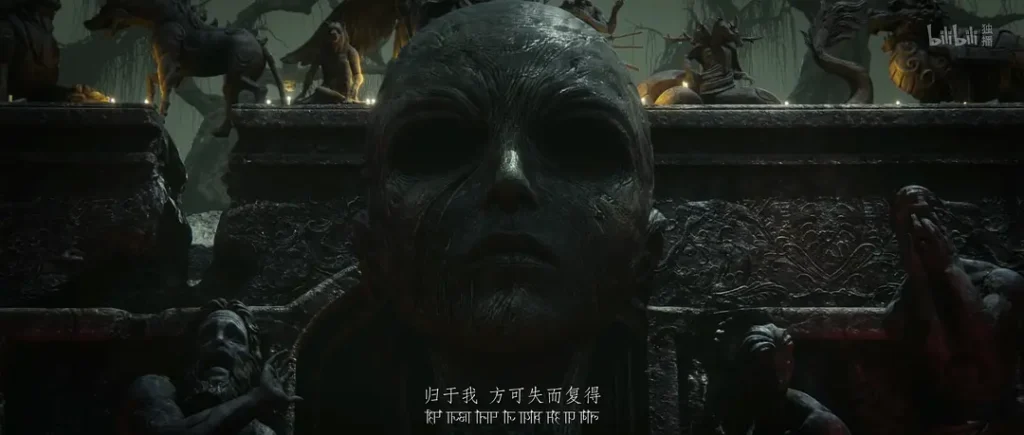
Reevaluating the “Villain”
One of the most intriguing aspects of Season 2 is the revelation that the Mana Prime Entity (玛娜初体), initially portrayed as the primary antagonist, may have been speaking truthfully all along. Early in the season, the entity warns Mark that “the cocoon of lies blinds you, all around is illusion, hear not, believe not, seek and see for yourself” (谎言之茧将你蒙蔽,四周皆为虚妄,勿听勿信,自觅自见). At the time, both Mark and viewers dismissed this as manipulation, but subsequent events suggest the entity was genuinely trying to warn him about Bai Yuekui’s deception.
This narrative twist forces viewers to reconsider their assumptions about the nature of the conflict between humans and the Mana ecosystem. The series suggests that the reality is far more complex than a simple binary of good versus evil, with both sides possessing valid perspectives and engaging in morally questionable actions. This nuanced approach to antagonists elevates the series beyond typical genre fare, inviting deeper reflection on the nature of truth and perspective.
The Offer of Resurrection
The Mana Prime Entity’s offer to resurrect Ran Bing in exchange for Mark’s assistance in its revival presents a compelling moral dilemma. Mark, devastated by Ran Bing’s death and feeling betrayed by humanity, is tempted by this offer despite the potential risks to humanity as a whole. This subplot explores the profound human desire to reverse death and undo loss, even at great potential cost.
The entity’s ability to communicate with Mark despite being reduced to a disembodied head demonstrates the series’s creative approach to consciousness and existence. The entity’s persistence and its connection to Mark suggest a deeper relationship between them that has yet to be fully revealed, setting up intriguing possibilities for future seasons.
Questioning Human Narratives
The revelation that the Mana Prime Entity may have been truthful prompts a broader reevaluation of the human narrative surrounding the ecological disaster. The series suggests that humanity’s understanding of events may be incomplete or biased, shaped by fear and the need to identify a clear enemy. This meta-narrative commentary encourages viewers to question how history is written by victors and how societies construct narratives to justify their actions.
By presenting the possibility that the Mana ecosystem’s actions may be defensive rather than purely aggressive, the series engages with complex ecological and philosophical questions about humanity’s relationship with nature and the consequences of human actions on a planetary scale. This thematic depth elevates “Ling Cage” beyond mere entertainment, offering food for thought about real-world ecological crises and humanity’s role in environmental degradation.
Bai Yuekui’s Grand Design: The “Attack Stench Plan”
Strategic Sacrifice and Long-Term Planning
Bai Yuekui’s elaborate “Attack Stench Plan” (攻腥计划) reveals her as a master strategist willing to make tremendous sacrifices for what she perceives as the greater good. The plan involves using Mark—now revealed to be a unique clone with life essence (生命源质)—to penetrate the Mana ecosystem’s inner workings and connect with the Mana Flower King (玛娜花王), potentially ending the ecological threat once and for all.
This subplot explores the ethical dimensions of utilitarian decision-making in extreme circumstances. Bai Yuekui’s willingness to sacrifice individuals, including Mark, for the survival of humanity raises profound questions about the value of individual life versus collective survival. The series does not present easy answers, instead inviting viewers to grapple with these difficult moral questions alongside the characters.
The Feigned Death and Alliance with Master Lai
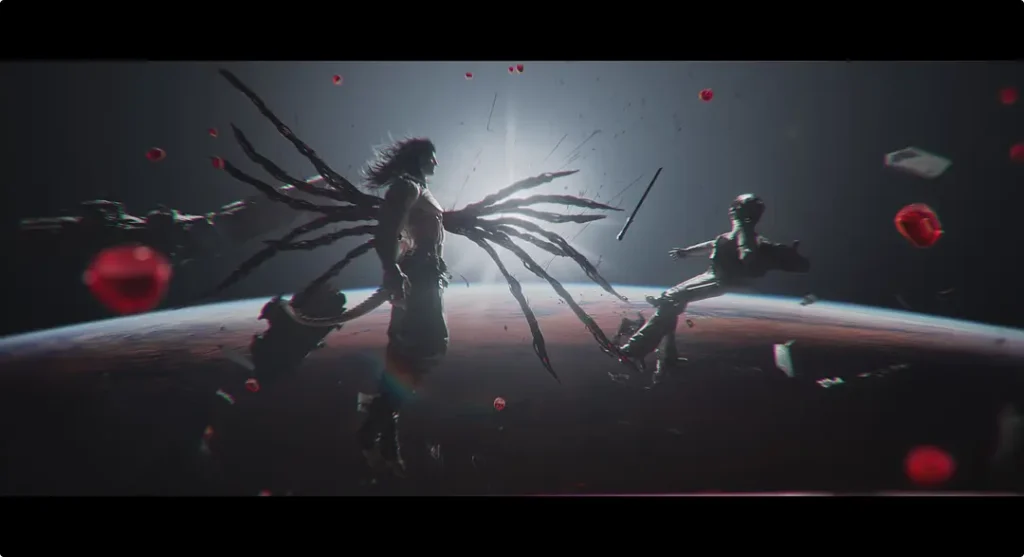
In a stunning twist revealed in the season’s post-credits scene, Bai Yuekui’s apparent death at Mark’s hands is revealed to be a ruse. She fakes her demise to deceive the Mana Prime Entity and secretly meets with the mysterious Master Lai (赖大师), a figure with prophetic abilities who has been mentioned throughout the series but rarely seen.
This revelation demonstrates Bai Yuekui’s extraordinary commitment to her cause, willing to endure even the appearance of death to advance her plans. Her alliance with Master Lai suggests a deeper layer to the conflict, with powerful figures working behind the scenes to shape events according to a larger, possibly predetermined plan. The introduction of Master Lai as a potential “19th” individual, a reference to a mysterious figure from earlier in the series, adds further intrigue to the unfolding narrative.
The Three-Chain DNA Breakthrough
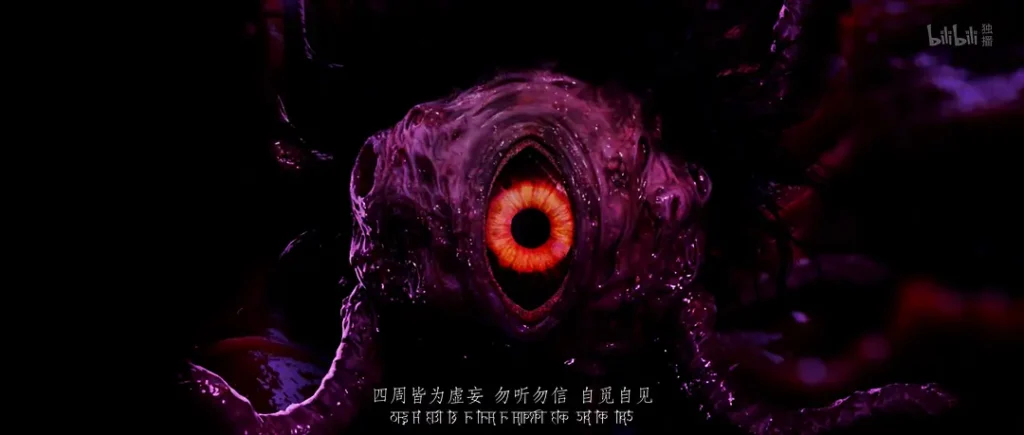
A crucial element of Bai Yuekui’s plan is Mark’s acquisition of “three-chain DNA” (三链DNA), a genetic modification that grants him extraordinary abilities, including flight, rapid healing, and enhanced combat capabilities. This transformation occurs when the “big-eyed monster” (大眼怪), an agent of the Mana Prime Entity, merges with Mark, triggering a metamorphosis that renders him nearly invincible.
The three-chain DNA subplot engages with fascinating scientific concepts while serving as a metaphor for evolution and adaptation. Mark’s transformation represents humanity’s potential to evolve in response to existential threats, albeit at great personal cost. The series suggests that such evolution may require hybridization with the very forces threatening humanity, a complex and potentially dangerous proposition.
The Philosophical Underpinnings: Eastern Thought in a Sci-Fi Context
The Concept of “Ling Cage”
The series’ title, “Ling Cage” (灵笼), translates roughly to “Spirit Cage,” referring to the imprisonment of consciousness within physical form. This concept is explored throughout Season 2, particularly in Bai Yuekui’s research into brain science and her quest to transcend physical limitations. Her statement that “perhaps we will soon know whether the body is a prison for the soul” (也许我们即将知道,躯壳是否是灵魂的牢笼) encapsulates this central philosophical theme.
This exploration of consciousness and physical form draws heavily on Eastern philosophical traditions, particularly Buddhist concepts of reincarnation and the illusory nature of material existence. The series suggests that true freedom may lie in transcending physical limitations—a theme that resonates with contemporary discussions about digital consciousness, transhumanism, and the future of human evolution.
The “Human Community of Shared Destiny”
Throughout Season 2, the series emphasizes the concept of a “human community of shared destiny” (人类命运共同体), a principle that guides Bai Yuekui’s actions despite her morally questionable methods. This concept, rooted in Chinese philosophical thought, suggests that humanity’s survival depends on cooperation and mutual support rather than individualism or factionalism.
The series explores this principle through various character interactions and plot developments, particularly in the contrast between the rigid hierarchy of the Lighthouse (灯塔) and the more communal lifestyle of Dragon Bone Village. By presenting different models of human organization, the series invites viewers to consider which approaches might be most viable in extreme circumstances.
Balance and Harmony in a Broken World
Traditional Chinese concepts of balance and harmony inform much of the series’ thematic content, particularly in its portrayal of the relationship between humanity and the Mana ecosystem. Unlike many Western narratives that frame ecological conflicts in terms of domination and conquest, “Ling Cage” suggests that a more balanced approach may be necessary.
This perspective is embodied in characters like Mark, who exists as a hybrid of human and Mana elements, potentially representing a path toward reconciliation rather than destruction. The series suggests that humanity’s survival may depend not on defeating the Mana ecosystem but on finding a way to coexist with it—a profound ecological message with relevance to contemporary environmental challenges.
Visual and Technical Achievements: Pushing the Boundaries of Animation

Breakthroughs in Animation Technology
“Ling Cage: Incarnation” Season 2 represents a significant technical leap forward for Chinese animation, with over 10,000 individual shots and exponentially more complex visual effects than its predecessor. The series employs cutting-edge motion capture and facial capture technologies, bringing unprecedented expressiveness to character performances.
The production team’s commitment to technological innovation is evident in sequences like Mark’s transformation and battle in space, which combine fluid animation with complex lighting effects and particle systems to create visually stunning spectacles. These technical achievements have helped establish “Ling Cage” as a benchmark for quality in Chinese animation, demonstrating the industry’s growing capabilities on the global stage.
Art Direction and World-Building
The series’s art direction deserves special praise for its distinctive blend of futuristic technology and traditional Chinese aesthetics. Dragon Bone Village, in particular, represents a masterful fusion of advanced technology with classical Chinese architectural elements and agricultural practices, creating a visually unique setting that feels both futuristic and rooted in cultural tradition.
The contrast between the sterile, artificial environment of the Lighthouse and the organic, earthy atmosphere of Dragon Bone Village serves as a visual metaphor for the series’ thematic exploration of different approaches to human survival and organization. This thoughtful world-building extends to the design of the Mana ecosystem’s creatures and environments, which balance alien otherness with a coherent biological aesthetic.
Action Choreography and Visual Storytelling
The action sequences in Season 2 represent a significant evolution from the first season, with more complex choreography and innovative use of camera angles to enhance dramatic impact. The battle between Mark and Bai Yuekui in space stands out as a particular highlight, combining weightless movement with emotional intensity to create a sequence that is both visually spectacular and narratively significant.
The series’s visual storytelling extends beyond action sequences, with subtle use of color, lighting, and composition to convey emotional states and thematic ideas. For example, the warm, golden hues associated with Dragon Bone Village contrast with the cold, blue tones of the Lighthouse, reinforcing the thematic contrast between these two approaches to human survival.
Character Development and Relationships
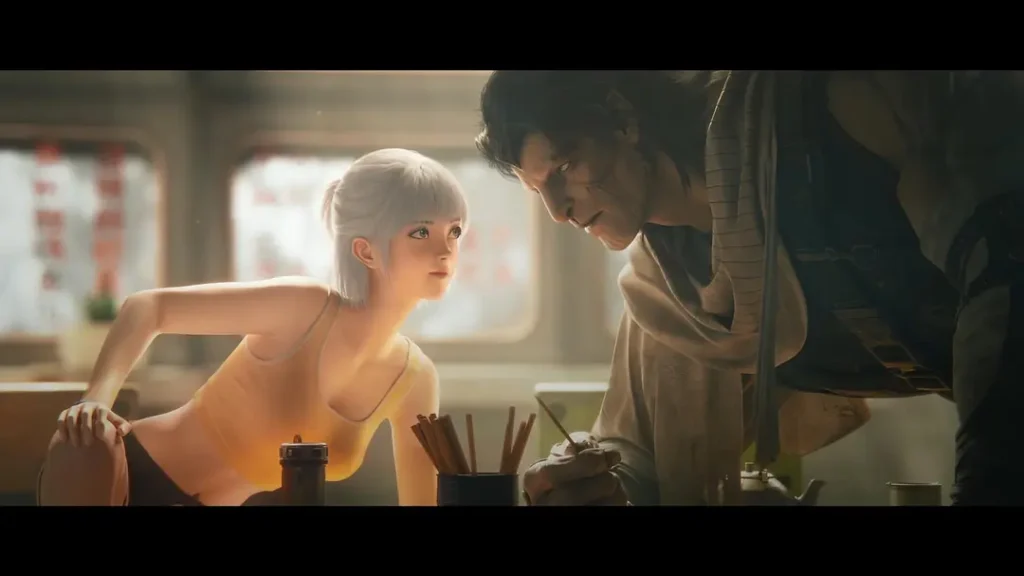
Mark’s Transformation from Hero to Outcast
Mark’s character arc throughout Season 2 represents one of the series’ most compelling elements, tracing his journey from respected hero to betrayed outcast to potentially transcendent being. His discovery of his true nature as a clone fundamentally alters his self-perception, leading to a crisis of identity that drives much of the season’s drama.
Mark’s relationship with Ran Bing, even in death, serves as his emotional anchor, motivating his actions and decisions even as he grapples with larger questions about his purpose and existence. His gradual acceptance of his hybrid nature and growing powers suggests a character evolution that may continue in future seasons, potentially positioning him as a bridge between humanity and the Mana ecosystem.
Bai Yuekui: Morally Complex Strategist
Bai Yuekui emerges as one of the series’s most fascinating characters, her complexity deepened by the revelation of her manipulations and grand design. Her willingness to sacrifice individuals for the greater good raises profound ethical questions, yet her commitment to humanity’s survival is undeniable and admirable.
Her relationship with Mark is particularly complex, blending genuine care with calculated manipulation. This duality is exemplified in her decision to spare Mark’s life essence core (灵息籽) during their battle, suggesting that despite their conflict, she still sees him as essential to her plans and possibly harbors some affection for him.
Supporting Characters and Their Roles
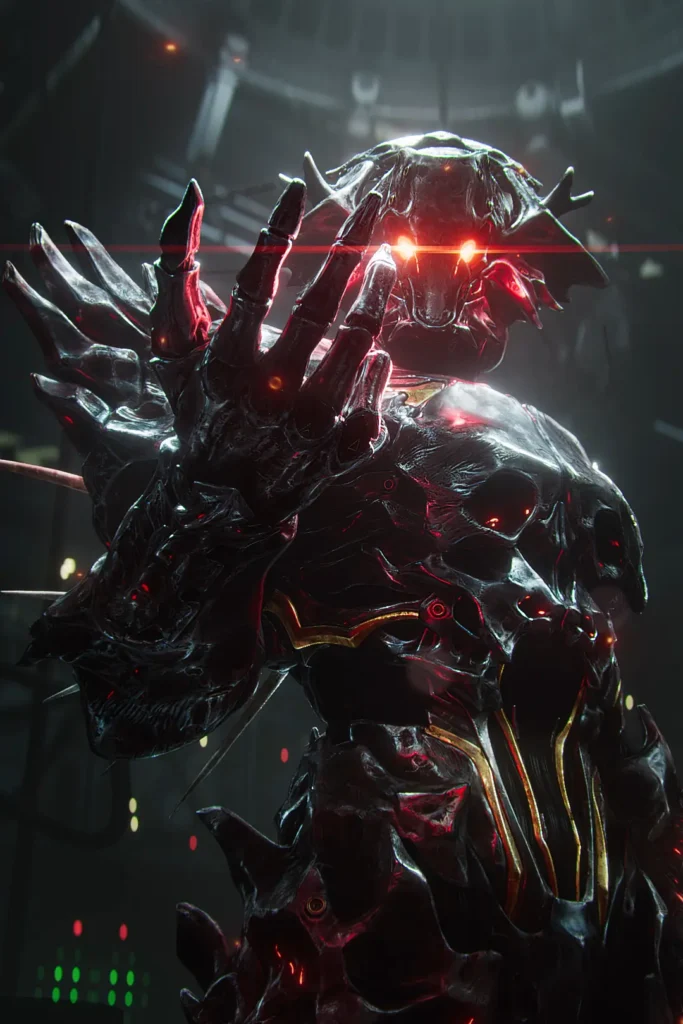
The series’ supporting cast receives significant development in Season 2, with characters like 4068 (later renamed Shadow), Feixue, and Charles playing crucial roles in the unfolding narrative. These characters represent different perspectives on the central conflict, from Charles’ authoritarian leadership to Shadow’s journey from a marginalized “dust citizen” (尘民) to a respected leader.
The relationships between these characters add depth and complexity to the narrative, with personal loyalties and conflicts often mirroring larger societal divisions. This approach to character development ensures that even secondary figures feel fully realized and essential to the story’s thematic exploration.
Thematic Depth: Beyond Entertainment
Sacrifice and the Greater Good
One of the central philosophical questions explored throughout Season 2 is the tension between individual sacrifice and collective survival. Bai Yuekui’s utilitarian approach—epitomized in her statement that “any individual sacrifice is worth it if it can end the ecosystem” (只要能够终结生态,任何个体的牺牲都是值得的)—challenges both characters and viewers to consider the limits of such reasoning.
The series does not provide easy answers to this ethical dilemma, instead presenting multiple perspectives and allowing viewers to draw their conclusions. This nuanced approach to complex moral questions elevates the series beyond mere entertainment, encouraging deeper reflection on real-world ethical challenges.
Truth, Deception, and the Nature of Reality
Season 2 of “Ling Cage” is deeply concerned with questions of truth and deception, exploring how narratives are constructed and how easily they can be manipulated. The revelation that both the Mana Prime Entity and Bai Yuekui have been selectively truthful with Mark underscores the complexity of determining truth in a world of competing interests.
This thematic concern resonates with contemporary discussions about misinformation, propaganda, and the difficulty of establishing objective truth in a complex world. The series suggests that truth may be multifaceted and perspective-dependent, challenging viewers to question their assumptions and consider alternative viewpoints.
Evolution and Adaptation in Extreme Circumstances
The series’ exploration of evolution and adaptation, both biological and social forms another crucial thematic strand. Mark’s transformation into a being with three-chain DNA represents a radical form of biological evolution, while the different social structures of the Lighthouse and Dragon Bone Village represent different approaches to social adaptation in extreme circumstances.
This thematic concern with adaptation extends to the series’ commentary on contemporary challenges, suggesting that humanity’s survival may depend on our ability to evolve biologically, socially, and technologically in response to existential threats. The series presents this evolution as both potentially liberating and deeply risky, acknowledging the profound uncertainties that accompany such transformation.
Critical Reception and Cultural Impact
Domestic and International Acclaim
“Ling Cage: Incarnation” Season 2 has received widespread critical acclaim both in China and internationally. On Bilibili, the series maintains a remarkable 9.8 rating, with over 111 million followers of the franchise. The series has also been recognized by China’s National Radio and Television Administration as part of its “Network Audiovisual Program Quality Creation and Communication Project” for 2024-2025.
International critics have praised the series for its visual sophistication, narrative complexity, and philosophical depth. Comparisons to acclaimed Western sci-fi series like “Black Mirror” and “Love, Death & Robots” highlight the series’ global appeal and its role in elevating Chinese animation on the world stage.
Advancing Chinese Animation
The success of “Ling Cage” represents a significant milestone in the development of Chinese animation, demonstrating that domestically produced content can compete with international offerings in terms of both technical quality and narrative sophistication. The series’ blend of Chinese philosophical elements with universal sci-fi themes has created a distinctive voice in the global animation landscape.
The production company, Yikatian (艺画开天), has established itself as a leader in the Chinese animation industry through its work on “Ling Cage” and other acclaimed series. The company’s commitment to technological innovation and narrative excellence has helped raise standards across the industry, inspiring other creators to push the boundaries of what Chinese animation can achieve.
Cultural Significance and Soft Power
Beyond its entertainment value, “Ling Cage” has emerged as a significant cultural export, showcasing Chinese creative capabilities to global audiences. The series’s incorporation of Chinese philosophical concepts, aesthetic traditions, and cultural values within a universally accessible sci-fi framework demonstrates the potential of animation as a medium for cultural exchange and soft power projection.
The series’ exploration of themes like the “human community of shared destiny” also reflects and reinforces broader Chinese cultural narratives, suggesting how entertainment media can both reflect and shape cultural discourse. This dual role as both entertainment and cultural ambassador highlights the growing importance of animation in China’s cultural landscape.
Looking Forward: The Future of the Franchise

Season 3 and Beyond
With Season 2 concluding on multiple cliffhangers and unresolved plot threads, anticipation for Season 3 already been announced for 2026, is at a fever pitch. The series’ creators have indicated that the next installment will continue to explore the complex relationship between Mark and the Mana Prime Entity, Bai Yuekui’s “Attack Stench Plan,” and the potential role of Master Lai in the unfolding conflict.
The introduction of higher-dimensional beings as potential manipulators of events suggests that the series’ scope may expand even further in future seasons, exploring cosmic themes that could rival the most ambitious Western sci-fi narratives. This expansion of scale and complexity promises to elevate the series to new heights of narrative ambition.
Potential Spin-offs and Expanded Universe
The rich world-building of “Ling Cage” offers numerous possibilities for spin-offs and expanded universe content. The already announced “The Legend of Yuekui” (月魁传) prequel series represents one such expansion, focusing on Bai Yuekui’s backstory and the early days of the ecological disaster.
Other potential spin-offs could explore the history of the Lighthouse, the origins of the Mana ecosystem, or the stories of secondary characters like Master Lai and Charles. This approach to franchise building, common in Western media but relatively new in Chinese animation, suggests a maturing industry that is beginning to think in terms of long-term brand development.
The Evolution of Chinese Animation
The success of “Ling Cage” and similar high-quality Chinese animations signals a new era for the industry, one in which domestic productions can compete with international offerings on their terms. The series’ blend of technical excellence, narrative sophistication, and cultural specificity suggests a path forward for Chinese animation that neither imitates Western models nor retreats into cultural isolation.
As the Chinese animation industry continues to mature, series like “Ling Cage” will play a crucial role in defining its identity and direction, demonstrating that Chinese creators can produce content that is both distinctly Chinese and universally appealing. This evolution promises exciting developments for animation fans both in China and around the world.
Conclusion: A Landmark Achievement in Animation
“Ling Cage: Incarnation” Season 2 stands as a landmark achievement in Chinese animation, combining technical excellence with narrative ambition and philosophical depth. The series’ exploration of complex themes like truth and deception, sacrifice and survival, and the nature of consciousness elevates it beyond mere entertainment, offering viewers a rich, thought-provoking experience that resonates long after the final credits roll.
The revelation of Mark’s true nature as a clone, the complex moral landscape inhabited by characters like Bai Yuekui, and the suggestion that the Mana Prime Entity may have been truthful all along create a narrative tapestry of remarkable sophistication. These elements, combined with the series’ stunning visual achievements and incorporation of Chinese philosophical concepts, make “Ling Cage” a unique and valuable contribution to the global animation landscape.
As we look forward to Season 3 and the continued evolution of this remarkable series, it’s clear that “Ling Cage” has established itself as more than just a successful animated show—it has become a cultural phenomenon that is redefining what Chinese animation can achieve and setting new standards for excellence in the medium. For fans of sophisticated storytelling, breathtaking animation, and philosophical depth, “Ling Cage: Incarnation” represents essential viewing and a testament to the power of animation to explore the most profound questions of human existence.
Frequently Asked Questions About Ling Cage: Incarnation Season 2
Season 2 continues the story of humanity’s struggle for survival in a post-apocalyptic world dominated by the Mana ecosystem. The season focuses on protagonist Mark’s discovery that he is a clone created by Bai Yuekui as part of her elaborate “Attack Stench Plan” to combat the Mana threat. The season explores themes of identity, betrayal, sacrifice, and the complex relationship between humans and the Mana ecosystem, culminating in Mark’s transformation into a being with three-chain DNA and Bai Yuekui’s apparent death (later revealed to be faked).
The main characters include:
1. Mark (马克): The protagonist who discovers he is a clone with unique abilities
2. Bai Yuekui (白月魁): The enigmatic leader of Dragon Bone Village who manipulates Mark for her plans
3. Ran Bing (冉冰): Mark’s deceased love interest, whose potential resurrection becomes a plot point
4. Charles (查尔斯): The leader of the Lighthouse with his agenda
5. Master Lai (赖大师): A mysterious figure with prophetic abilities who allies with Bai Yuekui
6. Shadow (随影): Originally known as 4068, a character who rises from a marginalized status to leadership
Season 2 explores several complex themes, including:
1. The nature of truth and deception
2. Identity and consciousness (particularly through Mark’s clone revelation)
3. Sacrifice versus individual rights (Bai Yuekui’s utilitarian approach)
4. Humanity’s relationship with nature and ecosystems
5. Evolution and adaptation in extreme circumstances
6. The concept of a “human community of shared destiny”
7. Eastern philosophical concepts within a sci-fi context
Season 2 expands significantly on the world-building established in Season 1, introducing new locations like Dragon Bone Village and revealing more about the Mana ecosystem. The season features higher production values, with over 10,000 individual shots and more complex visual effects. Thematically, Season 2 delves deeper into philosophical questions and presents a more morally complex narrative, with fewer clear heroes and villains. The season also introduces new characters and expands on existing ones, particularly Bai Yuekui, whose motivations and methods are revealed to be more complex than previously suggested.
The three-chain DNA represents a genetic modification that grants Mark extraordinary abilities, including flight, rapid healing, and enhanced combat capabilities. This transformation occurs when an agent of the Mana Prime Entity merges with Mark, triggering a metamorphosis. The three-chain DNA is a crucial element of Bai Yuekui’s “Attack Stench Plan,” as it potentially allows Mark to penetrate the Mana ecosystem’s defenses and connect with the Mana Flower King. The concept also serves as a metaphor for evolution and adaptation, suggesting that humanity’s survival may depend on radical biological transformation.
Yes, Season 3 has been officially announced and is expected to be released in 2026. The season will likely continue the story from where Season 2 left off, exploring the aftermath of Mark’s transformation, Bai Yuekui’s faked death and alliance with Master Lai, and the potential conflict with higher-dimensional beings hinted at in the season’s final episodes.
“Ling Cage: Incarnation” represents a significant milestone in Chinese animation, demonstrating that domestically produced content can compete with international offerings in terms of both technical quality and narrative sophistication. The series incorporates Chinese philosophical concepts, aesthetic traditions, and cultural values within a universally accessible sci-fi framework, showcasing Chinese creative capabilities to global audiences. Its success has helped raise standards across the Chinese animation industry and establish animation as a legitimate medium for cultural expression and soft power projection.
“Ling Cage: Incarnation” Season 2 has received widespread critical acclaim, maintaining a 9.8 rating on Bilibili and garnering over 3.1 billion views. The series has been praised for its visual sophistication, narrative complexity, and philosophical depth. It has also been recognized by China’s National Radio and Television Administration as part of its “Network Audiovisual Program Quality Creation and Communication Project” for 2024-2025. International critics have compared it favorably to acclaimed Western sci-fi series, highlighting its role in elevating Chinese animation on the world stage.
The series incorporates several Eastern philosophical concepts, including:
1. The idea of the “human community of shared destiny” (人类命运共同体)
2. Buddhist-inspired concepts of consciousness and reincarnation
3. Taoist notions of balance and harmony between opposing forces
4. The relationship between the physical body and consciousness (the “spirit cage” concept)
5. The cyclical nature of existence and transformation
6. These concepts are woven into the narrative in ways that are accessible to international audiences while maintaining their cultural specificity.
“Ling Cage” incorporates Chinese cultural elements in several ways:
Visual design that blends futuristic technology with traditional Chinese aesthetics
Architectural elements in Dragon Bone Village that reflect classical Chinese design principles
Incorporation of traditional Chinese medicine concepts like acupuncture and cupping as sci-fi elements
Use of the I Ching (易经) philosophy in the “source quality return to Tibet” (源质归藏) ritual
Exploration of collectivist values and communal approaches to problem-solving
These elements are integrated organically into the sci-fi narrative, creating a distinctive aesthetic and thematic approach that sets the series apart from Western counterparts.
A sentient network of glowing flora and predatory creatures that has overtaken Earth, posing an existential threat.




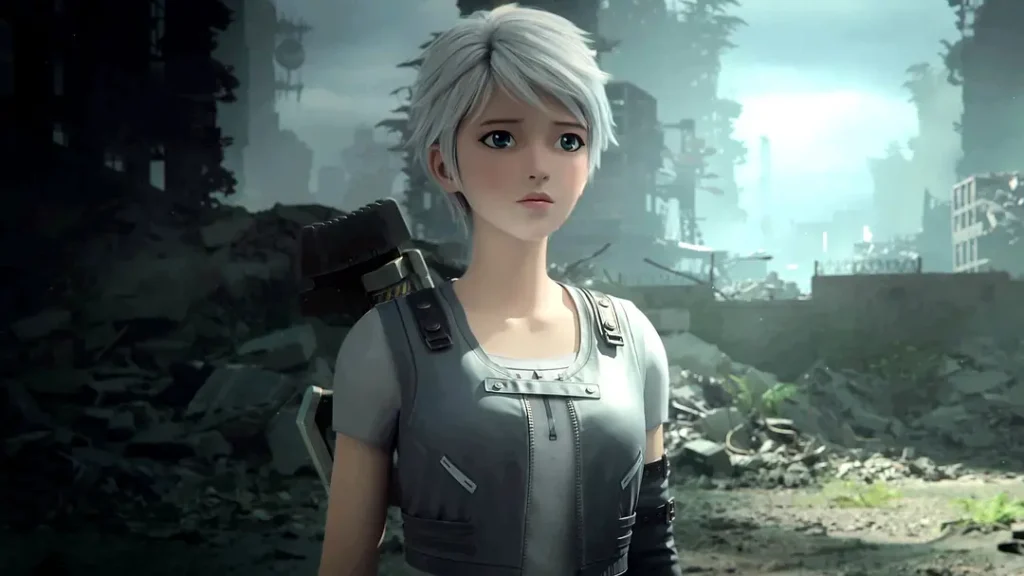
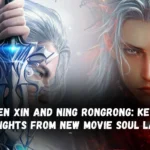
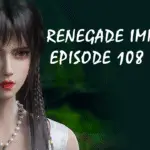
hmmm… I had no idea there’s good indepth analysis written by others. Good article good article. Came from reddit, https://www.reddit.com/r/HDonghua/comments/1ny0n9x/%E4%BB%99%E9%80%86_renegade_immortal_episode_108_review_wang_lins/
thank you